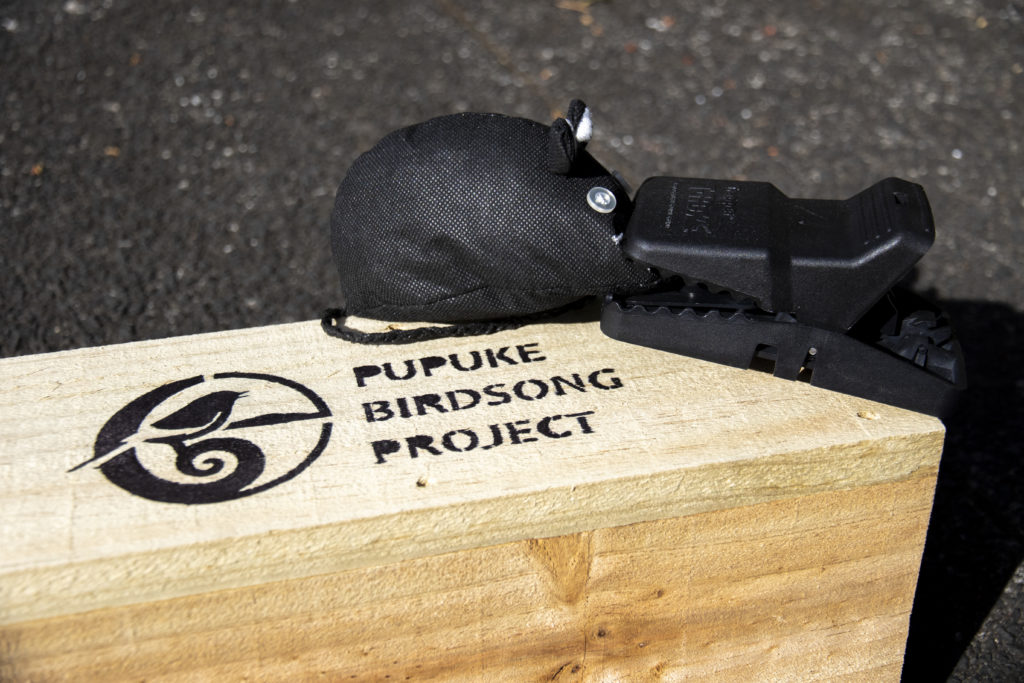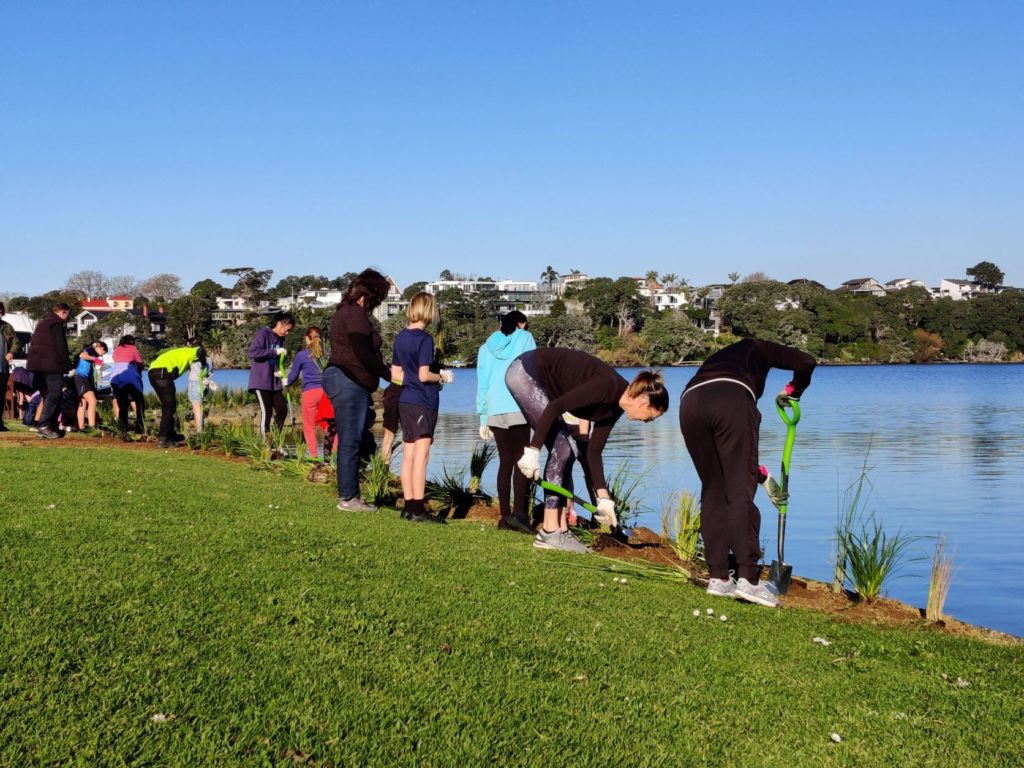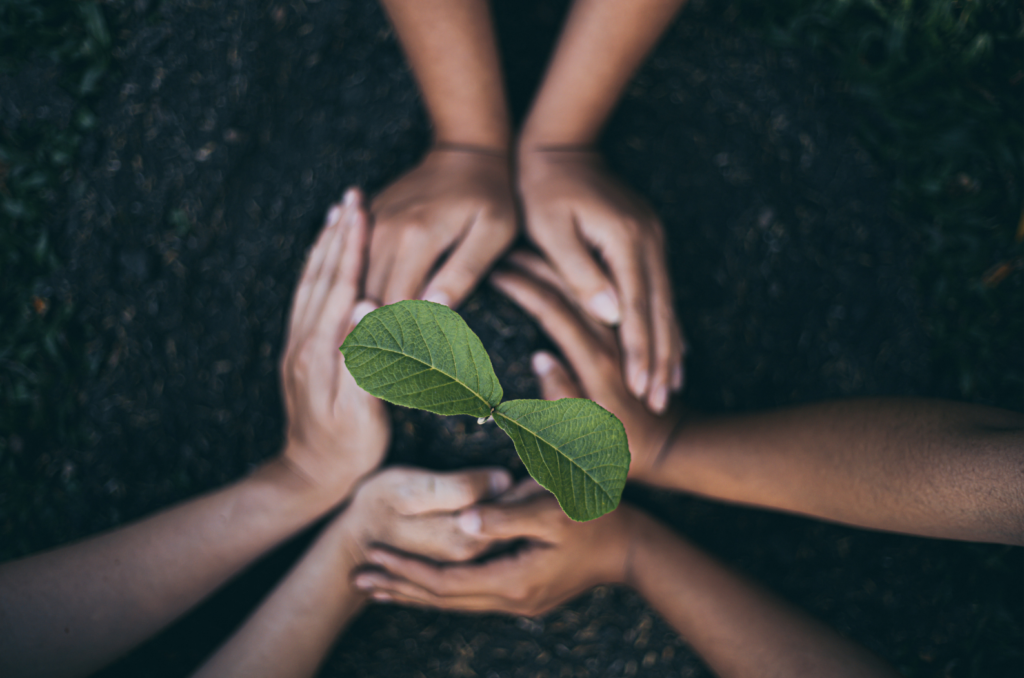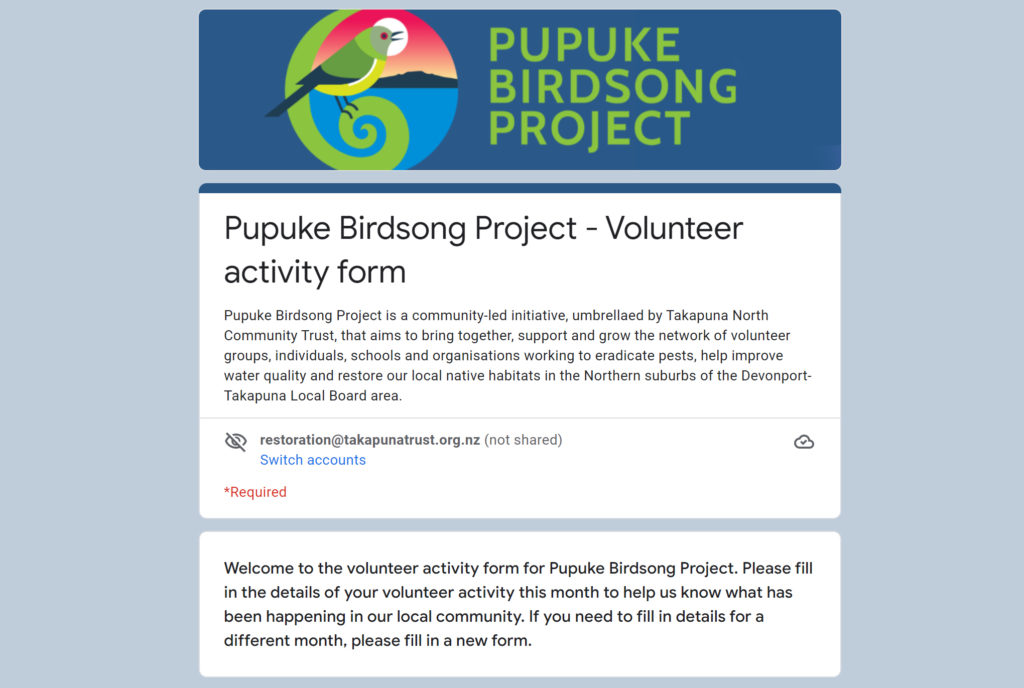VOLunteer in
Your neighbourhood
Would you like to contribute to enhancing the native environment of your neighbourhood? There are several ways you can contribute, from volunteering at your own backyard to volunteering at your local reserves! Check out the options below and see if there is anything that interests you:

Volunteering at your backyard
– Ecological halo programme
Our ecological halo programme aims to establish buffer zones around areas with high ecological values, in which predator control takes place. To contribute to the programme, you can set rat and possum traps or bait station in your backyard to control the abundances of the invasive predators. We can provide you with a free trap or bait station and predator control advices to help you get started.

Volunteering at local reserves
Our local reserves hosts important remnant ecosystems in our project area. Some of these ecosystems, such as costal broadleaved forest and kahikatea forest, are locally critically endangered. We organise pest plant removal and tree planting sessions regularly to protect and restore these ecosystems. Check out our event calendar for the upcoming sessions and events. We also set and maintain trap- and bait-lines in the reserves to control predators. Please contact us if you would like to help us setting and maintaining these lines.

Corporate Volunteering
Reinvigorate your team, get your hands dirty and give back to nature! Corporate volunteering is a way for your team to have fun and deliver outcomes for the environment and the community. Your company or organisation can contribute to achieving Aotearoa’s Predator Free 2050 Goals and the United Nations Sustainability Goals.

Citizen Science and Data collection
You can help us monitoring volunteer progress by reporting your volunteer activities and hours. Please report your activities using the below Google Form at the end of each month.
We use TrapNZ to store and monitor our predator control progress. You can use TrapNZ to record the location of your traps and bait stations, and report catches and bait uptake. We will use the data to produce heat maps and generate summary reports for the project area.

